While the US Inflation Reduction Act (IRA) could “devastate” Australia’s green hydrogen competitiveness, it will supercharge our critical minerals, rare earths and raw materials industries, according to Quinbrook Infrastructure Partners co-founder and Managing Partner David Scaysbrook.
“The US is now hell bent on creating alternative supply chains all the way through the fundamental critical minerals and raw materials and that includes making finance available for deployment even outside of the United States,” Scaysbrook said. “Support for industry available to the US corporates and even their Australian partners goes beyond anything Australia could even contemplate putting in.”
Tim Buckley, director of Climate Energy Finance, agrees. “We’re seeing a total change in the landscape,” Buckley told pv magazine Australia.
The question then becomes not if the US policy will change Australia’s industries, but whether we’re willing to play the role our ally is pushing for.
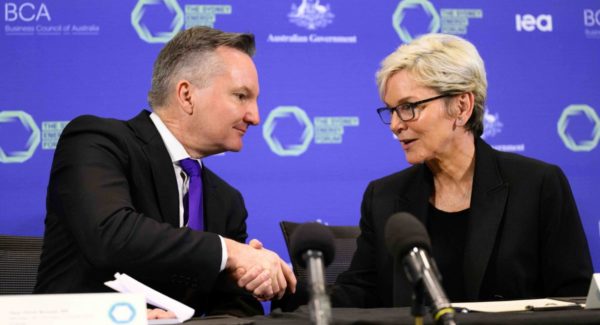
Image: US Embassy Australia/Twitter
“This is the big question mark for the Australian federal government and state governments, particularly in Queensland and WA, and also for the Australian public in terms of where we stand on environmental impact,” Scaysbrook said at a briefing on Tuesday, Nov. 22.
“Onshore processing of critical minerals is fantastic from a job creation perspective, it’s fantastic from a value add economic stimulus point of view, but some of these processes do have significant environmental impacts.”
Scaysbrook added that countries like China are able to embrace “some of the more impactful processes” on the environment, processes which, historically, Australia has baulked at.
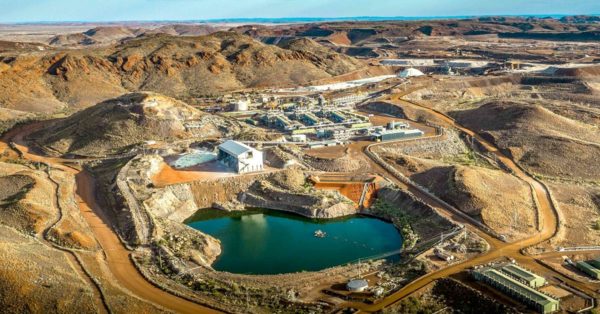
Image: Mineral Resources Limited / Twitter
As an example, Scaysbrook pointed to the processing of silica sand into polysilicon – something which requires high temperature incineration and produces heavy metal byproducts. These require careful disposal so as not to leach into waterways. For Australians to accept such industries, a lot of protections would need to surround these processes. “And does that extra cost cut into our competitiveness?” Scaysbrook asked.
The answer is yes, but these added costs Scaysbrook believes the US would tolerate because of the security and credibility of an Australian supply chain.
Buckley too believes price alone won’t cut Australia out of the race. Then refining industry’s environmental impacts, however, could. “It will be a constant battle,” Buckley said.
Public opposition has the potential to seriously undercut the burgeoning industry unless governments, namely the federal Albanese government, enforce “sensible regulations” around the whole ecosystem early, including thinking about recycling, processing facility efficiency and carbon standards and pollution, Buckley said.

Image: Albemarle
Refining cleanly
In Buckley’s eyes, it is possible for Australia to refine critical minerals and rare earths cleanly. “Of course there are warts, but they can be managed.”
“Does Australia’s mining industry have history of doing things badly? Yes,” he said. But if better rules are imposed, we have an opportunity to do better, he added.
“The government needs to step up,” Buckley said.
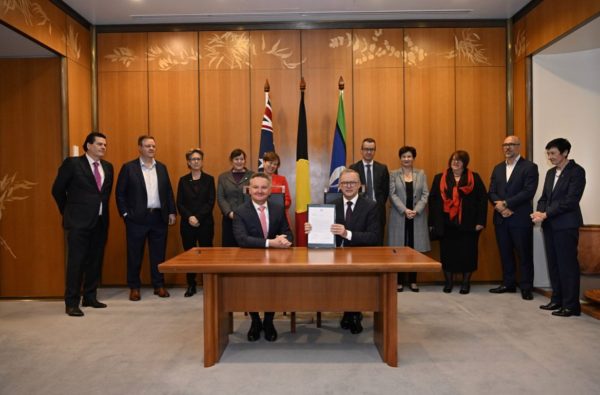
Image: Supplied
Australia can also reduce need for refineries if we introduce recycling practices from the start, “rather than ten years down the track,” he added.
The cold, hard truth is that someone, somewhere, is going to need to do this mining and processing. That is, “unless we start to talk about degrowth,” Buckley said.
Energy intensity
Alongside the pollution issue, refining and processing tend to be extremely energy intensive. Buckley pointed to US chemical giant Albemarle’s Kemerton lithium processing plant near Bunbury, south of Perth.
Opened this year, the plant produces several tonnes of carbon for every tonne of lithium hydroxide it produces, Buckley said. Facilities like this will undoubtedly be impacted by Australia’s safeguard mechanism if federal Labor follows through with its emission reductions targets.
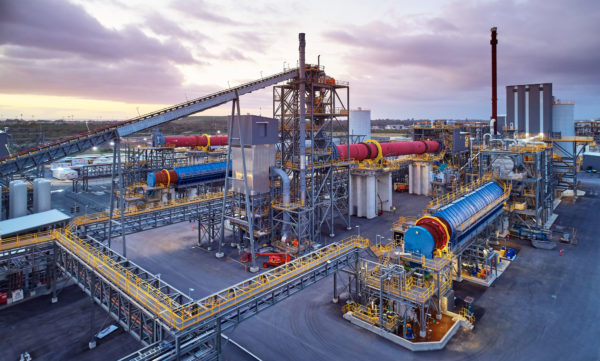
Image: IGO
Buckley says there is lots of scope to electrify these processes – but until now, industry hasn’t been mandated to. Some players like Korea Zinc are moving in that direction, but changes are hardly across the board.
Cost to selling point
While ‘greening’ industry practices obviously involves capital outlay, Buckley suggested such investments could add to Australia’s attraction. Buckley pointed to Swedish battery manufacturer Northvolt, which has managed to make its supply chain credibility and transparency a major selling point.
Yes, Buckley said, Australia is going to be more expensive for minerals processing than China and the Congo, but it has more global credibility – which is highly valuable.
For nearly 20 years from 1998 to 2017, China mined essentially all of the world's rare earth elements.
The U.S., Australia, and Myanmar have notably reduced this % since 2018. But China still overwhelmingly dominates refining and manufacturing.
From: https://t.co/VLaao2Ec3U pic.twitter.com/PiXFerwp8I
— Bismarck Analysis (@bismarckanlys) October 8, 2022
“It doesn’t matter if it’s quarter of the price in China if the Teslas, GMs and Fords wont buy from China,” Buckley added, referring to the recent surge in automanufacturers signing contracts for Australian lithium and other materials.
Tense trade relations
Buckley here alludes to a point that was also on Scaysbrooks’ mind: the growing adversity between China and the US. This is particularly tricky for Australia, indelibly tied to Chinese products, but something of a political ‘lapdog’ for the US.
“There’s a bit of a macro conflict from a thematic perspective, in terms of having our renewables ambitions largely dependent on imported equipment manufactured in China, and having our supply chain hopes and ambitions around critical minerals now increasingly joined at the hip with what is going on in America,” Scaysbrook said.
“I haven’t figured that one out but I can see it plain as day.”
This content is protected by copyright and may not be reused. If you want to cooperate with us and would like to reuse some of our content, please contact: editors@pv-magazine.com.
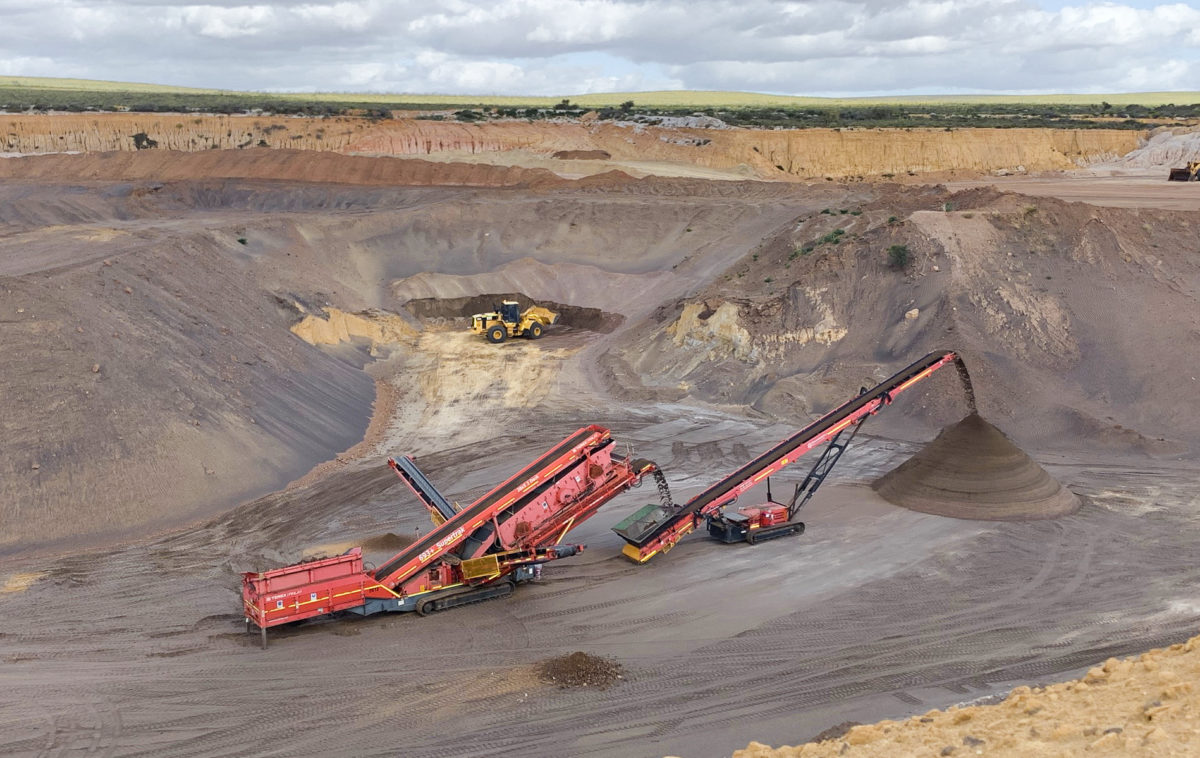








3 comments
By submitting this form you agree to pv magazine using your data for the purposes of publishing your comment.
Your personal data will only be disclosed or otherwise transmitted to third parties for the purposes of spam filtering or if this is necessary for technical maintenance of the website. Any other transfer to third parties will not take place unless this is justified on the basis of applicable data protection regulations or if pv magazine is legally obliged to do so.
You may revoke this consent at any time with effect for the future, in which case your personal data will be deleted immediately. Otherwise, your data will be deleted if pv magazine has processed your request or the purpose of data storage is fulfilled.
Further information on data privacy can be found in our Data Protection Policy.